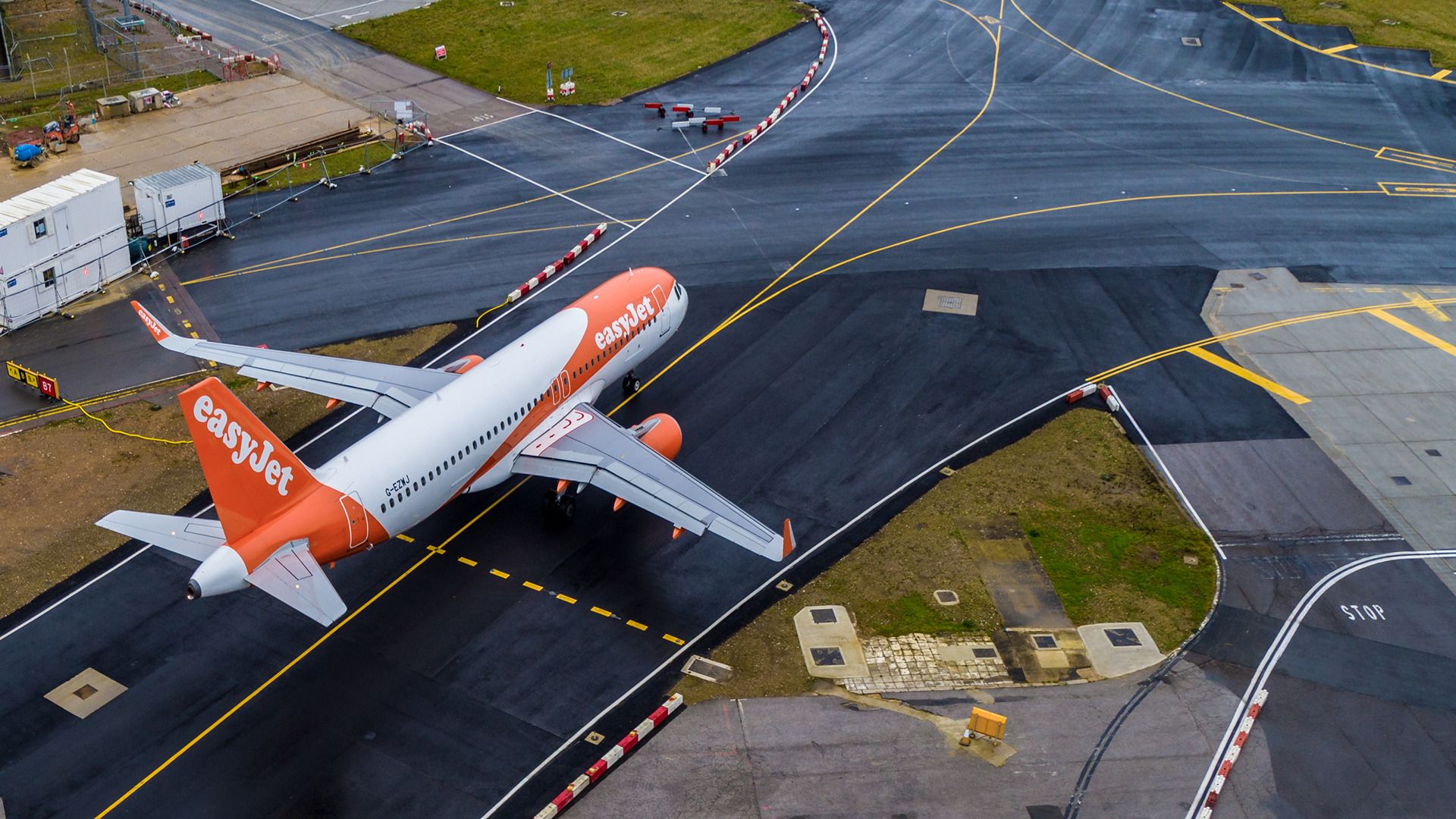Summary
- Low-cost airlines hold 36% of scheduled air seats globally, with the US, India, Spain, China, and Italy having the most low-cost seats.
- Some countries have a higher percentage of low-cost flights, with Latvia, India, Afghanistan, and Kazakhstan among those with over 60% of inbound flights being low-cost.
- The percentage of dependence on low-cost carriers is influenced by regulatory support, domestic trips, and leisure and VFR traffic. The EU's open skies policy has also played a role in the rise of low-cost carriers.
A global analysis made by Mabrian Technologies showed that low-cost airlines hold 36% of the scheduled air seats globally, with the top five countries by inbound low-cost seats being the United States, India, Spain, China, and Italy. The top five largest LCCs are Southwest, Ryanair, IndiGo, easyJet, and Spirit.
The rise of low-cost carriers globally
The low-cost business model has increased in importance over the last few years. Its penetration into global markets has allowed the reduction of airfares, increasing the interconnectivity in regions where other methods of transportation are limited.
According to Mabrian Technologies, a company that has created a tourism intelligence tool, low-cost flights make up 36% of scheduled seats worldwide. To get this number, Mabrian analyzed the air schedule of 698 companies around the world, classifying them into two categories: regular and low-cost. The firm ranked as low-cost, those companies that offer reduced prices by not including certain services that regular airlines do, such as luggage, food, and so on.
Mabrian found 173 low-cost airlines. The largest presence of LCCs by total volume are the United States, with over 395 million seats, India with 147 million, Spain with 108 million, China with 98 million, and Italy with 85 million low-cost seats. Interestingly enough, Italy is not known for having a local LCC; nonetheless, it is served by many LCCs, such as Ryanair, Wizz Air, easyJet, and more.
Which countries have a higher percentage of low-cost flights?
Some countries have a higher percentage of low-cost flights than others. Mabrian presented a map showing the share of low-cost flights globally. This map shows some interesting results, including Latvia being the country with the highest percentage. About 91.2% of all flights in this Eastern European country are low-cost.
In Asia, India, Afghanistan, Kazakhstan, and Tajikistan have a low-cost percentage of over 60% of all inbound flights. Liberia, Togo, Sierra Leone, Gambia, and Gabon are the countries with the highest percentages in Africa, ranging between 52% and 64.25%.
In the Americas, Mexico and Brazil stand out as countries with a high percentage of low-cost seats, exceeding both 60%. Interestingly, despite being the country with the highest total volume of low-cost seats, the United States registered a share of only 33.7% of these flights.
Do you want to see Mabrian’s map? You can do it on this link.
What makes a country more attractive to LCCs?
Gavin Eccles, from GE Consulting, said the percentage of dependence on low-cost carriers is closely related to three attributes. First, the degree of support from regulatory authorities; second, the high percentage of domestic trips; and third, the importance of leisure traffic and Visiting Friends and Relatives traffic (VFR). In certain countries, such as India, Mexico, and Brazil, low-cost carriers have been able to compete with bus and train networks and offer time-effective alternatives.
In Europe, the low-cost model has two main tendencies. On the one hand, LCCs allow northern Europeans to spend their vacations in southern Europe, and on the other, they allow work trips from east-west emigrants from Eastern Europe to Western European countries, Eccles explained.
Additionally, the EU’s open skies policy allowed a strong base development. Any airline with a European Air Operators Certificate can establish operations and fly within and from any member state. “This advantage has allowed countries to really commit and support the low-cost model and airport incentives and marketing agreements to boost routes.”
What do you think about the rise of low-cost carriers globally? Let us know in the comments below.



